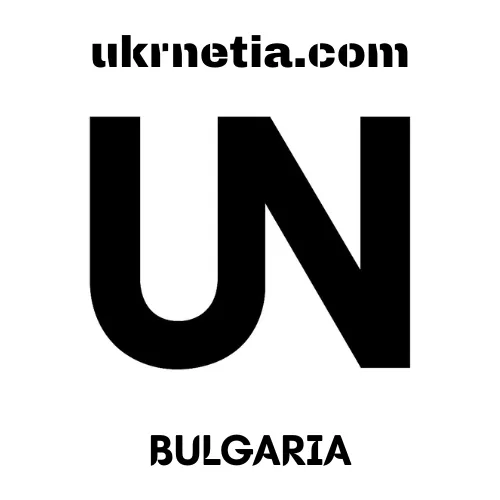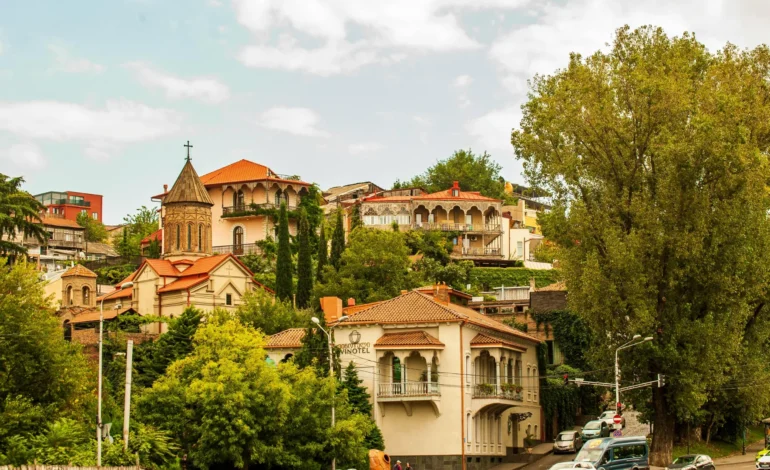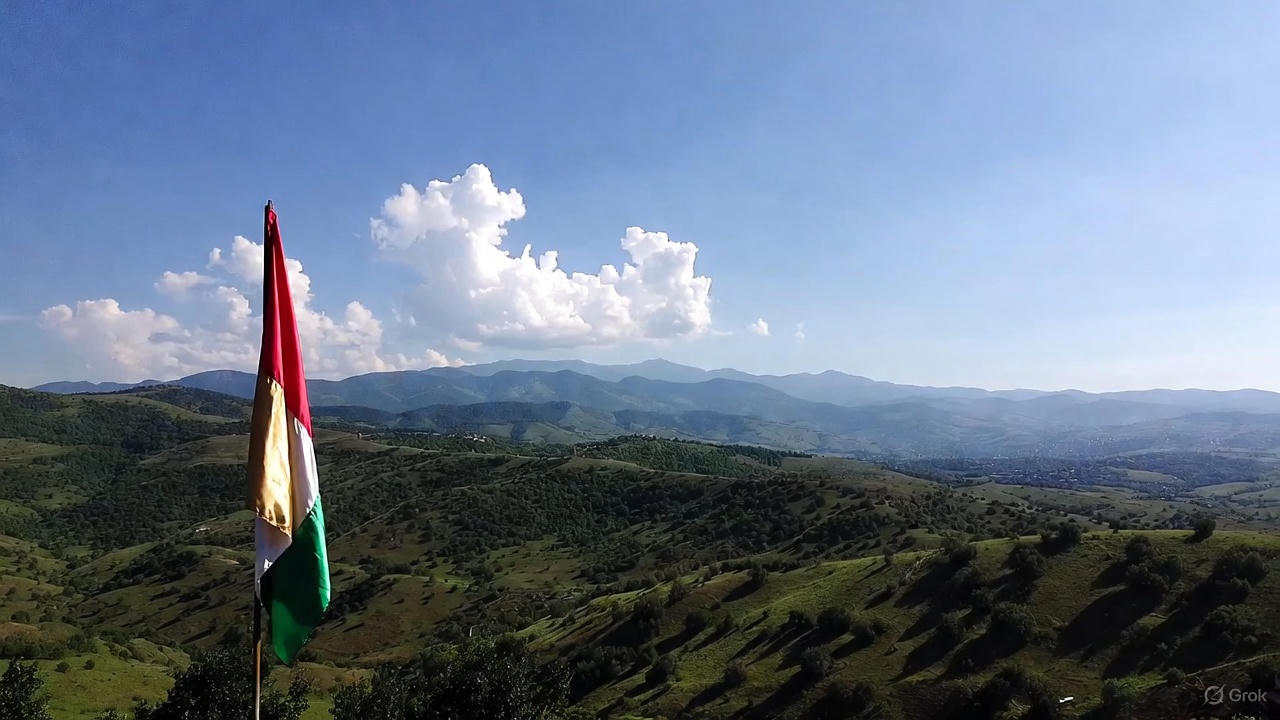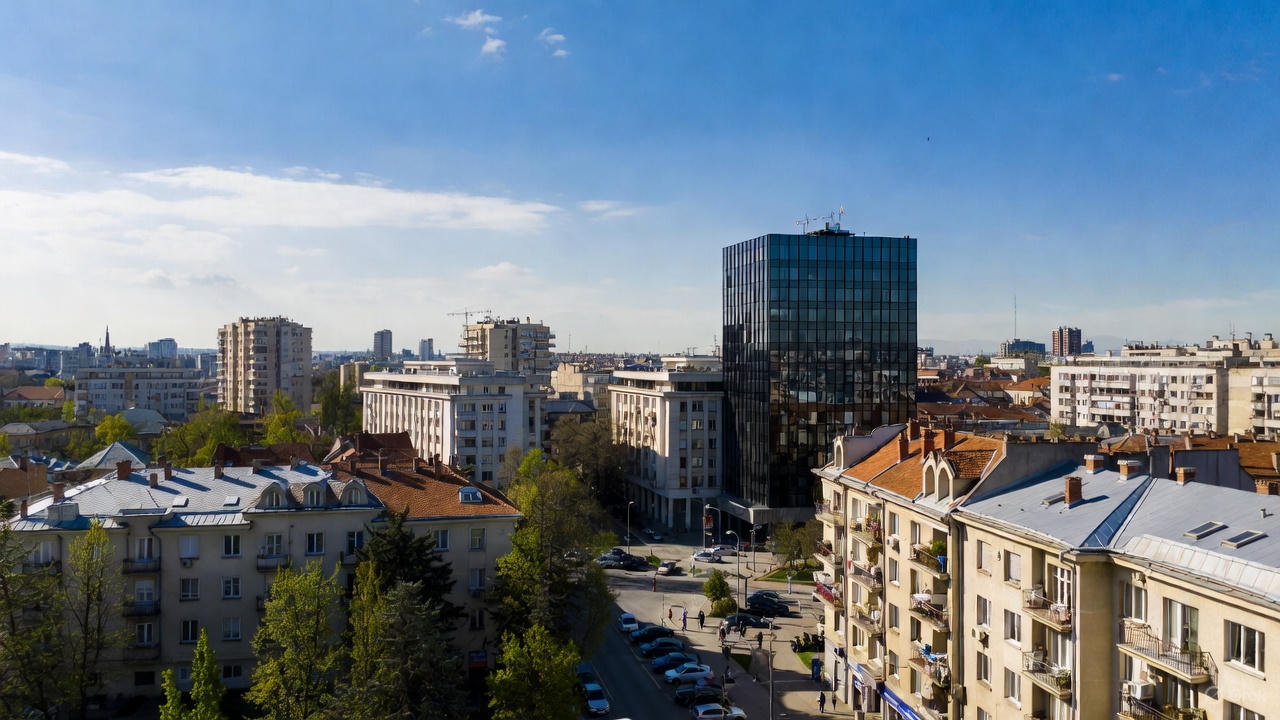Why Bulgaria Is Becoming a Hidden Gem for Foreign Investors in Eastern Europe

Tucked between the Black Sea and the Balkans, Bulgaria has long been overshadowed by flashier neighbors like Poland, the Czech Republic, or Romania in the race for foreign capital in Eastern Europe. Yet, beneath the radar, this EU member state is quietly assembling one of the continent’s most compelling investment propositions. With the lowest corporate tax rate in the European Union (10%), a currency pegged to the euro via a rock-solid currency board, labor costs 60% below the EU average, and a strategic location bridging Europe, Turkey, and the Middle East, Bulgaria is no longer just a low-cost alternative—it is becoming a sophisticated, high-value hub for manufacturing, IT services, renewable energy, and logistics.
Bulgaria offers a rare combination: Western rules, Eastern costs, and Balkan hustle.
The Quiet Rise of a Strategic Outpost
Foreign direct investment (FDI) stock reached €51.6 billion by the end of 2023, up from €28 billion in 2007, according to the Bulgarian National Bank. Annual inflows averaged €2.5 billion in the post-COVID recovery period, with 2024 projections exceeding €3 billion. Investors from Germany, Austria, the Netherlands, and increasingly the United States and Asia are discovering what locals have known for years: Bulgaria combines Western institutional stability with Eastern agility. This article explores the macroeconomic anchors, sectoral opportunities, policy incentives, and real-world success stories that are turning Bulgaria into Eastern Europe’s hidden gem for foreign investors.
Macroeconomic Stability: The Currency Board as a Trust Anchor
At the heart of Bulgaria’s appeal lies its currency board arrangement (CBA), introduced in 1997 and still in place nearly three decades later. By fixing the Bulgarian lev to the Deutsche Mark and later the euro (at 1.95583:1), the Bulgarian National Bank surrendered monetary policy but gained ironclad credibility. Every lev in circulation is backed by foreign reserves, which stood at €40.8 billion in mid-2024—enough to cover over eight months of imports and 90% of broad money.
This setup has delivered eurozone-level price stability without eurozone membership. Inflation averaged 2.1% from 2015 to 2023, dropping to 1.8% in 2024 despite regional energy shocks. Public debt remains among the lowest in the EU at 23% of GDP, giving fiscal headroom that Greece or Italy can only dream of. For investors, this means no currency risk, predictable costs, and protection against the volatility that plagues non-euro peers like Poland or Hungary.
Bulgaria’s imminent euro adoption—targeted for January 2025 after entering ERM II in 2020—will eliminate even residual exchange-rate concerns. The European Central Bank’s 2024 convergence report gave Sofia a green light, noting “a high degree of sustainable economic convergence.” Once in the eurozone, Bulgaria will offer investors the holy grail: eurozone monetary policy, EU single market access, and operating costs a fraction of Western Europe.
Tax Regime and Incentives: Europe’s Most Investor-Friendly Environment
Bulgaria’s 10% flat corporate tax—unchanged since 2008—is the lowest in the EU and shows no sign of rising. Compare that to 19% in Poland, 21% in Czechia, or 31% in Germany. Personal income tax is also 10%, and dividend repatriation is tax-free for EU entities. VAT is 20%, but exporters reclaim it efficiently through a digital system that processes refunds in 30 days.
Beyond taxes, the Bulgarian Investment Agency (InvestBulgaria) offers tailored incentive packages. Class A investments (over €5 million creating 50+ jobs) qualify for:
- Up to 100% reimbursement of social security contributions for two years
- Free land in industrial zones
- Accelerated administrative procedures (one-stop shop)
- Grants up to 50% of project costs in high-unemployment regions
In 2023, German automotive supplier Kostal received a €12 million state aid package for a €100 million plant in Pazardzhik, creating 800 jobs. Similarly, U.S. firm Sensata Technologies expanded its Botevgrad facility with €8 million in incentives, now employing 4,500 in sensor production for BMW and Tesla.
Strategic Location and Infrastructure: The Balkan Gateway
Bulgaria sits at the crossroads of Europe and Asia. The Port of Burgas on the Black Sea is 1,800 km closer to Dubai than Rotterdam, making it a natural transshipment hub. The EU-funded Trakia and Hemus motorways connect Sofia to Istanbul in under six hours, while the Maritsa highway links to Thessaloniki and the Aegean. Rail freight to Turkey grew 40% in 2023 after the completion of the Halkalı–Kapıkule line.
Sofia Airport, modernized with €150 million in EU funds, handled 7.5 million passengers in 2023 and is expanding cargo capacity. Low-cost carriers like Ryanair and Wizz Air have made Bulgaria the cheapest EU entry point for Middle Eastern and Central Asian talent.
The country’s 5,000+ km of fiber-optic backbone—among Europe’s densest per capita—supports data centers and cloud services. In 2024, Equinix opened its first Bulgarian facility in Sofia, citing latency under 10 ms to Frankfurt and Istanbul.
Sector Spotlight 1: Advanced Manufacturing and Automotive
Bulgaria has quietly become a Tier-1 automotive supplier hub. Over 250 foreign-owned plants produce wiring harnesses, sensors, batteries, and electronics for Volkswagen, BMW, Mercedes, and Tesla. FDI in manufacturing reached €1.2 billion in 2023, with Germany accounting for 35%.
Labor productivity in the sector rose 8% annually from 2018 to 2023, driven by vocational training programs co-funded by the EU and companies. The Technical University of Sofia partners with Siemens and Festo to deliver dual-education curricula, producing 3,000 engineers yearly. Average manufacturing wages are €1,200/month—half of Poland’s—but quality rivals Western standards. Yazaki in Yambol reports defect rates under 10 ppm, on par with its Japanese plants.
Clusters in Plovdiv, Ruse, and Stara Zagora offer plug-and-play industrial zones with pre-approved environmental permits. Utility costs are 30% below EU average: electricity at €0.09/kWh for industrial users, thanks to a balanced mix of nuclear (Kozloduy), coal, and renewables.
Sector Spotlight 2: IT and Business Process Outsourcing (BPO)
Bulgaria’s tech sector is its crown jewel. With 80,000 IT specialists and 15,000 annual graduates, it punches above its weight. Sofia ranks in the top 20 European cities for software development talent, per fDi Intelligence. Average developer salaries are €2,500/month—40% of Berlin’s—but English proficiency is near-universal (EF EPI rank 12 globally).
The BPO industry employs 90,000 and generates €3.2 billion in exports (2023). Global players like Hewlett Packard Enterprise, VMware, and Coca-Cola HBC run regional hubs from Sofia and Plovdiv. In 2024, SiteGround—a Bulgarian hosting unicorn—expanded its data center with €50 million, serving 2 million domains.
Startups are thriving. Payhawk became Bulgaria’s first unicorn in 2022 (valued at $1 billion), followed by Gtmhub (acquired for $120 million). The Sofia Tech Park and Eleven Ventures have backed over 200 early-stage companies since 2015. EU Recovery Funds are injecting €600 million into digital skills and AI research by 2026.
Sector Spotlight 3: Renewable Energy and Green Transition
Bulgaria is pivoting from coal to renewables faster than expected. Wind and solar capacity reached 2.8 GW by 2024, up from 700 MW in 2015. The EU’s €1.2 billion Just Transition Fund is decarbonizing the Stara Zagora coal region, retraining 10,000 workers for solar assembly and battery storage.
Corporate PPAs are booming. In 2023, IKEA signed a 100 MW solar deal with local developer Renalfa, while Amazon Web Services committed to 150 MW of wind for its regional cloud. Land costs (€2,000/hectare) and permitting timelines (under 12 months) beat Spain or Italy.
Battery and EV component manufacturing is next. Amoq (Belgium) broke ground on a €300 million gigafactory in 2024, targeting 5 GWh annual output by 2027. Chinese giant CATL is in talks for a €1 billion plant, lured by EU subsidies and proximity to Turkish assembly lines.
Real Estate and Logistics: The Next Frontier
Industrial real estate vacancy in Sofia dropped to 2.1% in 2024, per Colliers. Rents rose to €5.50/sq.m but remain half of Prague’s. Panattoni and CTP are developing 500,000 sq.m of speculative space near Plovdiv and Burgas.
E-commerce logistics is exploding. Speedy and Econt handle 120 million parcels annually, while DHL and FedEx expanded hubs in 2023. The EU-funded Intermodal Terminal in Ruse connects Danube barges to Black Sea ports, cutting transit times to Central Europe by 40%.
Risks and Mitigations: A Balanced View
No investment destination is risk-free. Bulgaria scores 45/100 on Transparency International’s Corruption Perceptions Index (2023)—better than Romania but behind Estonia. Judicial delays and bureaucratic inertia persist, though the EU’s Recovery and Resilience Facility ties €6.3 billion in grants to anti-corruption milestones.
Demographic decline is real: the population fell from 9 million in 1989 to 6.4 million in 2024. Yet, the working-age cohort in urban centers is stable, and return migration rose 15% in 2023 as remote work blurred borders. Companies like Progress report 20% of staff are Bulgarian expats working from Lisbon or Berlin but payroll-taxed in Sofia.
Political stability has improved. The 2021–2023 rotation of governments gave way to a technocratic coalition in 2024, focused on euro adoption and EU funds absorption. Investor surveys by the American Chamber of Commerce show 78% plan to expand operations in 2025–2027.
Success Stories: Proof in the Numbers
- Lidl (Germany): Entered in 2010 with 10 stores; now 120+ and €1 billion in annual revenue. Expanded central warehouse in 2023.
- DXC Technology (USA): Consolidated EMEA shared services in Varna; 3,000 employees, €200 million payroll since 2018.
- Visteon (USA): €150 million electronics plant in Sofia; supplies Ford and Stellantis; doubled capacity in 2022.
- A1 Bulgaria (Austria): Invested €1.2 billion since privatization; rolled out 5G to 85% of population by 2024.
The Window Is Open
Bulgaria is not trying to be the next Poland or Czechia—it is carving a niche as the EU’s low-cost, high-stability platform for nearshoring, green manufacturing, and digital services. With euro adoption on the horizon, €12 billion in EU funds through 2027, and a government laser-focused on investor facilitation, the timing has rarely been better.
For companies seeking to diversify supply chains out of Asia, hedge against eurozone inflation, or access Southeastern Europe’s 70 million consumers, Bulgaria offers a rare combination: Western rules, Eastern costs, and Balkan hustle. The hidden gem is polishing itself—and the light is starting to shine through.










